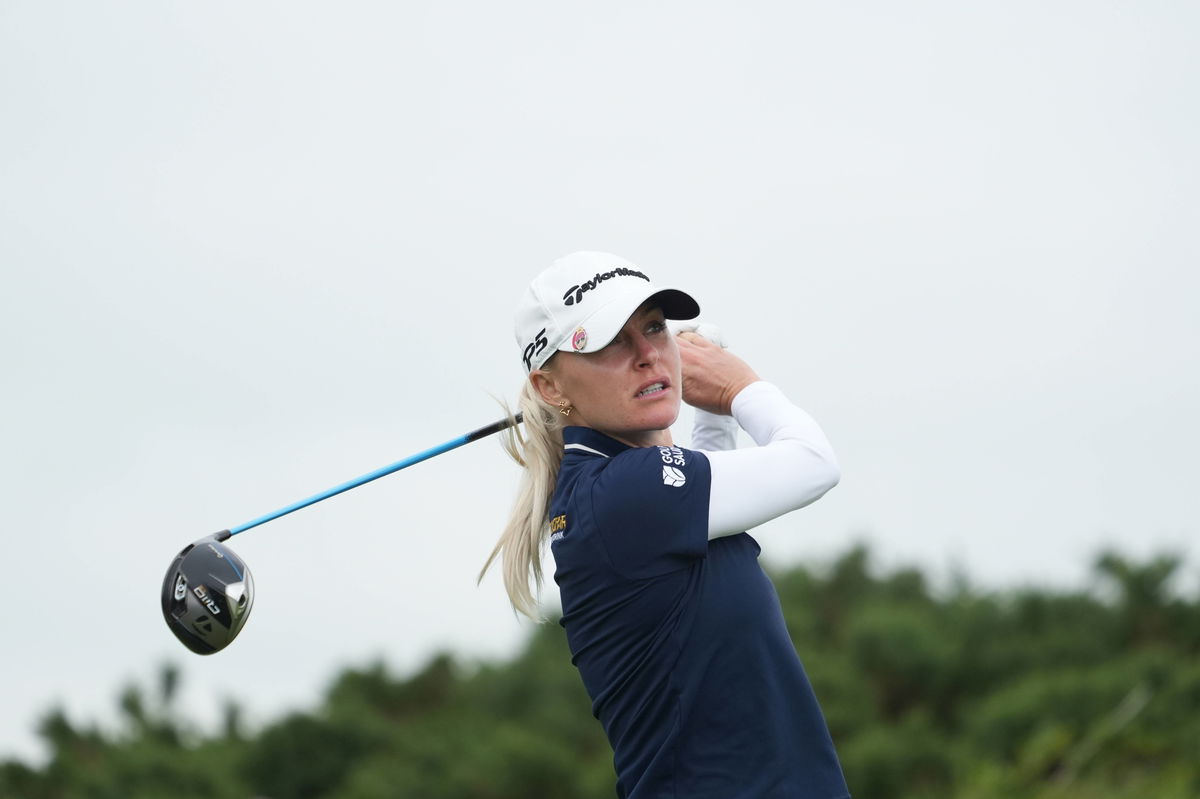Charley Hull, the accomplished LPGA professional, embodies resilience, emerging stronger from injuries and health challenges. Her philosophy is clear: “It’s being comfortable with being uncomfortable, as my dad has always told me. Pain is a weakness of the mind.” This mentality has propelled her through tough times, including a remarkable last-minute victory at the 2025 Kroger Queen City. Hull’s success on the golf course is attributed not only to her mental fortitude but also to her rigorous training regimen, which combines high-energy cardio, functional strength exercises, and focused conditioning to enhance her body’s power, stability, and endurance.
Three key workout routines are central to Hull’s training, each contributing significantly to her physical mobility:
- Training Rotational Strength: Hull’s golf swing is renowned for its force, which she attributes to her commitment to developing rotational strength. Unlike traditional golf drills, her approach emphasizes broad athletic movements that cultivate core strength while promoting the separation of her upper and lower body. This foundation allows her to generate natural power during her swings, adapting to various course demands.To build this rotational strength, Hull incorporates exercises such as Russian twists, dumbbell full moons, and cable rotations, all of which focus on trunk rotation for effective energy transfer in her swing. Additionally, she practices hip flexor stretches and thoracic spine rotations to maintain fluidity in movement. Describing her approach, she shares, “I like to stretch.” This routine enhances her overall strength while refining the biomechanics essential for a successful golfing career.
- Working on Vertical Force Production: A golfer’s ability to generate force from the ground is critical, and Hull is no exception. Her commitment to vertical force production is designed to bolster her stability, power, and efficiency, vital for her trademark long drives. Hull employs explosive movement training, including force plate analysis, to evaluate her power generation abilities and detect any technique imbalances.With these insights, she conducts various exercises, including squat jumps with double dumbbells, box jumps, burpee variations, and step-ups, all complemented by deadlifting. This training regimen empowers her to engage her glutes and hamstrings effectively while ensuring proper knee tracking and foot positioning, which are essential for consistent performance.
- Improving Single-Leg Stability and Strength: Golfing is inherently a single-leg sport, and Hull recognizes the importance of single-leg stability in enhancing her swing balance. To address this, she focuses on developing unilateral strength through exercises like single-leg kettlebell lifts, Bulgarian split squats, single-leg squats, and walking lunges, all aimed at improving her balance and hip stability, while addressing any muscle asymmetries.Hull’s trainers, Kate Davey and Matt Belsham, sometimes incorporate barefoot exercises to enhance her proprioception—the body’s ability to sense movement and alignment. This not only strengthens the intrinsic muscles of her feet but also aids in maintaining posture and control during lengthy rounds of golf.
Though Hull’s workout routines may diverge from conventional practices for professional golfers, they are tailored to her unique needs. In addition to her physical challenges, she also faces mental health struggles, including ADHD. These holistic training approaches contribute to her mental resilience, helping her channel her hyperactivity into focused athletic expression. As she insightfully states, “I smash the gym to help me,” underscoring not just her commitment to her sport but to her comprehensive well-being—physically, mentally, and emotionally. Through these exercises, Hull continues to redefine what it means to be a professional athlete, embracing challenges with unwavering determination and an innovative spirit.






